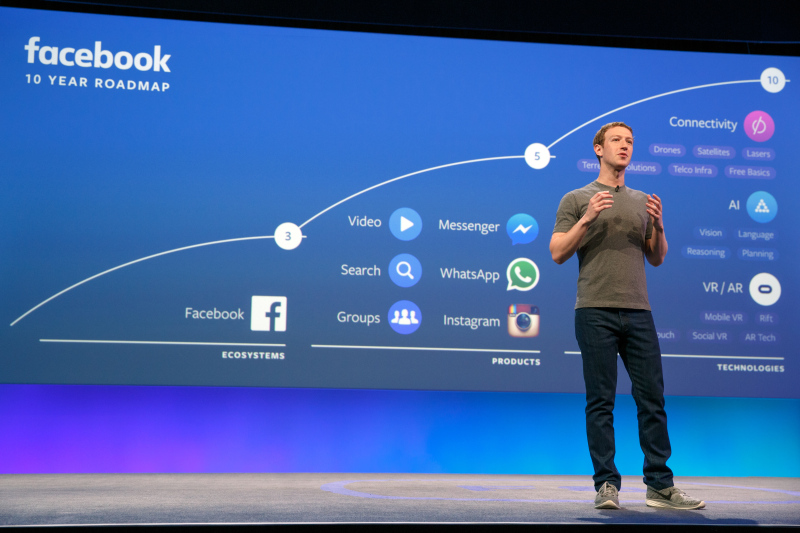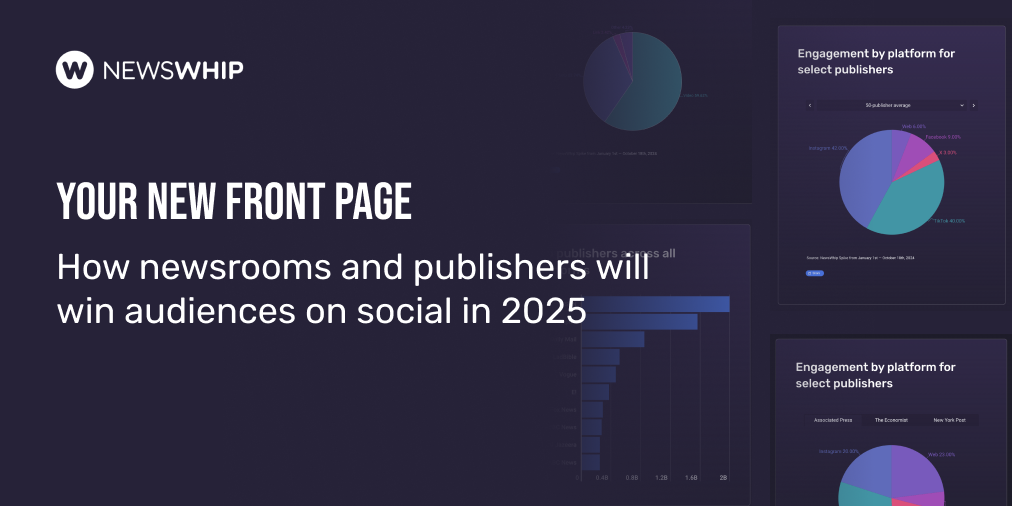We look at three key areas content creators should be focussing on following Facebook’s news feed updates.

By now, many of you will have read about Facebook’s news feed updates, which were made public today.
As well as listing ‘News Feed Values‘, there was also some news for publishers about how content is to be displayed in the news feed.
These updates are amongst the most significant for publishers that we’ve seen. However, while this is obviously big news for many different sites and online news providers, those with strong audience development strategies won’t be too worried. From now on, here’s what Facebook says the news feed will particularly value.
- Friends and family posts. “Our top priority is keeping you connected to the people, places and things you want to be connected to — starting with the people you are friends with on Facebook.” Increasingly, those posts will be towards the top of users’ feeds.
- Informative posts. But not just from friends and family. “This could be a post about a current event, a story about your favorite celebrity, a piece of local news, or a recipe,” says the statement.
- Entertaining posts. Again, these posts can come from a range of sources, from friends’ photos to a backstage live video from a famous TV anchor.
It’s important to note that this announcement does not signal anything like a wholesale depreciation of news content on Facebook. Strong stories that are interesting, original and well-packaged resonate like few other posts on social media and it’s hard to see that changing in the short term. As an example, see the reaction to BuzzFeed’s recent publication of a rape victim’s courtroom impact statement, or the New York Times’ gun control editorial after the San Bernardino shootings, each of which attracted hundreds of thousands of engagements. As long Facebook users continue to engage with and share these types of stories, it’s unlikely that they’ll be completely demoted in news feeds. Indeed, if the algorithm deems these stories to be particularly ‘informative’, they may perform even stronger.
What is likely to change is the way that readers find those stories. The update means that what your friends post will have even more resonance in your feed, while pages that you like, but don’t interact with all that much will probably do a disappearing act.
With that in mind, here are three things that we think publishers should be focussing on.
1. ‘Organic’ engagement is the best way to break into the news feed
The first value that Facebook outlines looks to make the news feed a more personable experience for each user. Stories that are shared directly to a friend’s page or directly to the news feed are more likely to be surfaced.
The idea is that a user may be more inclined to stop and read a story if it’s posted by their friend, rather than a page. For publishers that already see healthy levels of ‘organic sharing’ (such as use of share buttons), this won’t be an issue. Other publishers will need to think about how important their main Facebook page is in delivering engagements and clicks overall. Are people finding your content on your site and through friends’ sharing habits, or is overwhelmingly through your main Facebook pages?
Your main Facebook page should be treated as a strategic distribution point. Many publishers will have worked hard to build a large fan base on their main page, and that is often a source of pride. But social media teams will understand that not every one of those fans is going to see everything your page posts. Given the competition for space in news feeds, it’s prudent to think about how relevant each post is to the wider audience. Hot button topics that unite the varied interests of your audience? Probably. More obscure features that speak to a very specific readership? Maybe not.
You should see your main page as a flagship account, broadcasting the best of your content with an analytics-driven approach.
Join our weekly newsletter for the latest trends and data in social publishing
2. Look to engagement metrics to help inform strategy
Sites of all types will be familiar with using different analytics to help figure out how their site’s content has performed. Now, engagement analytics can help give publishers more guidance on Facebook, too.
Facebook anticipates that the update “may cause reach and referral traffic to decline for some Pages.” If you’re unsure as to how much of an impact the changes are going to have, careful analysis of your analytics over the next few months will be important. One way of doing this is by figuring out how your total likes and shares are growing over time, with the aim of emulating the successes, and learning from the underachieving posts.
At NewsWhip, we track and log all likes, shares, comments and other reactions on Facebook posts and web-based stories, allowing us to pinpoint what’s working on the platform in terms of content. Our clients use our data to figure out which of their stories and posts performed strongest on Facebook over specific periods, and how they’re doing against their competitors.
By looking at the structure of stories that attracted high levels of shares, it’s possible to learn more about the type of stories that perform particularly strongly on Facebook.
3. Establishing a niche audience becomes even more important
If there’s one thing that the digital media wars have taught us over the last few years, it’s that specialisation matters.
That means providing a very high level of expertise in specific areas, like the Financial Times, or creating must-reads for your target audience, like Politico.
At NewsWhip, our clients stress the importance of getting close to their audience as a number one factor in their editorial decisions. To that end, we’ve seen BILD in Germany break out their content streams by page in an effort to really connect with their more niche audiences. Meanwhile, CNN en Espanol have a social trends team that monitors what their online readers are sharing and talking about around the clock.
By listening closely to what your readers connect with each day, there’s a better chance that they’re going to feel inclined to pass your stories on to their wider network. Publishers need to hone in more and more on the content topics and themes that their readers are interested in talking about, as well as when they’re interested in them. As the News Feed Values manifesto states, ‘authentic stories are the ones that resonate most.’ A combination of good editorial judgement and distribution savvy is needed.
For anyone interested in cultivating a loyal online audience, those steps will continue to resonate.













